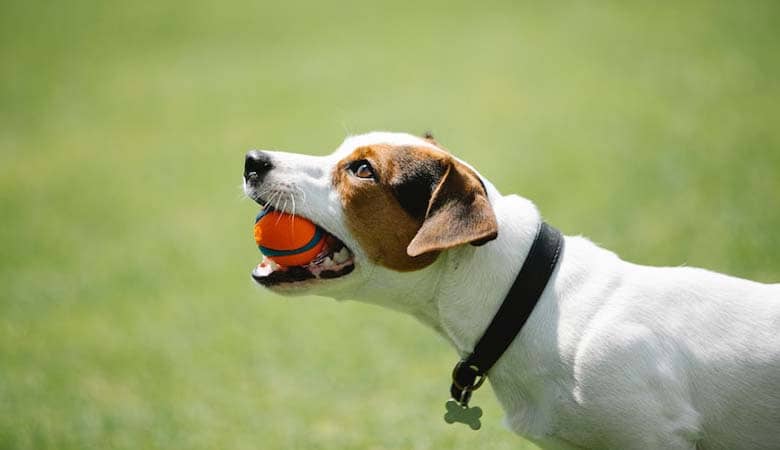A collar is essential for every dog since it is a point of attachment for the dog’s leash, identification, license, and vaccination tag.
While it’s simple to find a collar that perfectly matches your dog’s individuality. Keep in mind that collars have functions beyond simple decoration and identification. Moreover, not all collars are suitable for all pets.
Check out the Halo dog collar reviews for more information.
Flat Dog Collars
This is the regular collar that is used for dogs. It comes in many patterns, and the clasp can be a buckle or a plastic snap.
It also features a ring for adding tags to identify the dog and a leash. A flat dog collar should be worn comfortably on the pet’s neck. It should be soft and not so tight that it causes the dog to suffocate. Two fingers should fit comfortably under the collar as a general guideline.
Martingale Dog Collars
There are two names for the martingale collar: limited-slip and traditional. Greyhounds, Whippets, Salukis and other sight hounds will fit comfortably in this collar because of their thin heads.
It’s also helpful for frightened dogs who may want to escape from a walk or dogs of any breed skilled at escaping their collar. Aggressive and nervous dogs should always wear a martingale collar.
The martingale is a piece of cloth that is long and has a metal band at each end. Between the two rings is a different loop of material. This loop has a ring that the lead goes through.
The martingale collar will tighten around your dog’s neck if he tries to escape. The collar should fit securely around your dog’s neck but not choke it if properly set. This is the friendliest alternative available for dogs that can escape their collars.
Head Dog Collars
The design of the head dog collar is just like that of a horse halter. The collar has one strap around your pet’s neck and rests just behind his ears. The loop of the other strap goes over your dog’s mouth. The leash is secured to the muzzle loop via the ring at its base.
The head dog collar is ideal for dogs with a lot of energy who are likely to run, jump and pull. The halter’s placement on the muzzle, rather than the neck, reduces the dog’s control, making it impossible to use its whole body weight when pulling.
The effectiveness of the head collar depends on its correct placement. Like any other piece of training gear, the head halter should never be used to jerk or tug your dog in any direction other than the one you want them to go.
If you can’t find a dog trainer or salesperson familiar with dogs, ask them for help. Correct sizing and application should reduce the chance of harm to your dog.
Aversive Dog Collars
Collars that cause pain or discomfort to the dog are not an effective way to train it. While they may effectively eliminate unwanted behavior fast, they are worthless in teaching the dog the appropriate behavior. Instead, They can increase the dog’s worry and fear, which can develop into aggression. Rewards-based forms of positive reinforcement training are successful and improve communication between owner and dog.
Choke Chain Dog Collars
This collar, composed of metal links as the name suggests, is used to fasten around your pet’s neck to control him.
Some people consider it an uncomfortable and cruel training technique. You can suffocate or even strangle your dog with a choke chain because there is nothing to regulate how much it tightens up.
Choke chains dog collars are inappropriate and shouldn’t be used because they are abusive. Also, there are several more options available in the market.
Elizabethan Dog Collars
While your dog is healing after surgery or an injury, the Elizabethan dog collar (an E-collar) can keep it from licking or clawing the area.
The Elizabethan dog collar can usually be fastened to your dog’s standard collar through tabs or loops. Hook-and-loop fasteners are used on some versions for further security.
These collars are available in various sizes to give your dog the best possible fit. The collar should not prevent your dog from eating or drinking, but it should keep him from touching the healing area.
Soft, circular collars that don’t impede your dog’s mobility or vision are available if your dog is uncomfortable with an Elizabethan collar.
GPS Dog Collars
If your beloved friend ever gets lost, you can use this collar’s GPS tracking features to find them. However, their usefulness in finding a lost pet is limited because they rely on satellite connectivity and battery life.
Summing Up
Here are the final pieces of advice. Some collars are ineffective because they cause discomfort or fear in the animal. These collars may risk damage and completely ruin an animal’s sense of self-worth, work ethic, and overall attitude if used incorrectly.

